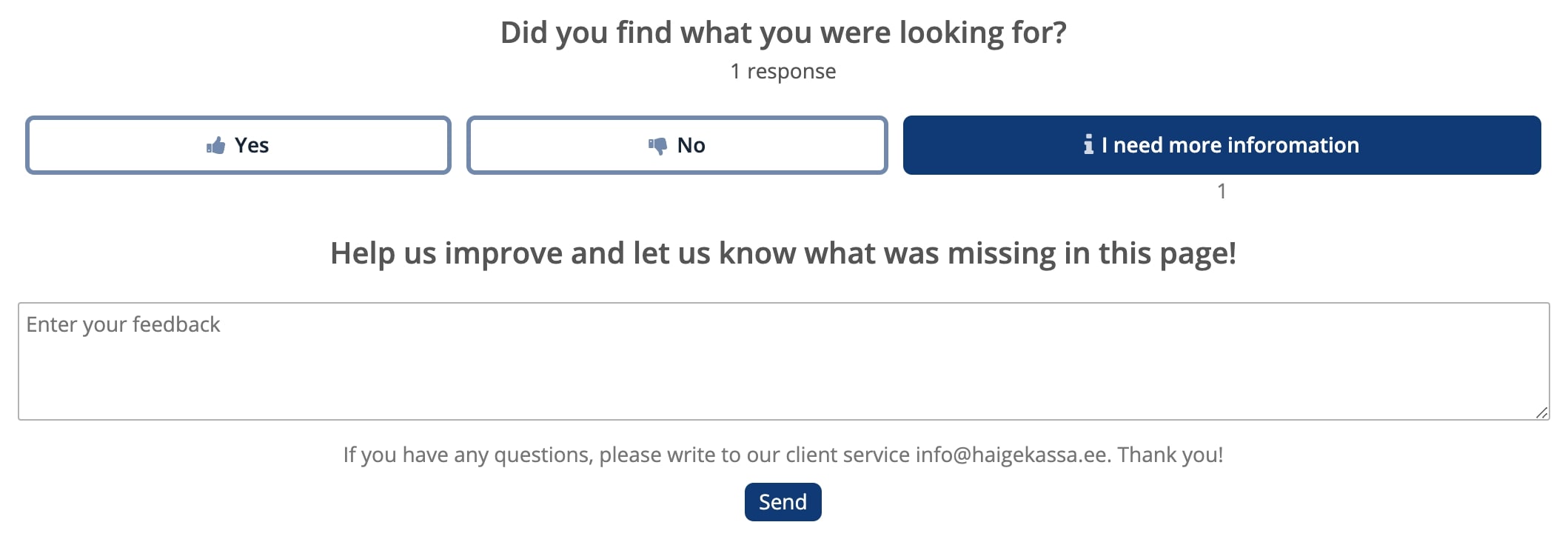5 ways to improve your website content
Guest post.
Among other things, one of the main areas that business owners and webmasters are often struggling with is figuring out what kind of content they should offer to the current and potential customers.
As the goal is to direct a website visitor to the purchase of a product or service, companies experiment with different approaches on their websites. They try banners, pop-up notifications, different images, fonts, and more. You’ve probably come across pages like this too. However, such stacked sites feel and look more like a carnival than a proper and attractive website.
So how to cut the guesswork in website content creation and understand what your page visitor is looking for? What tools can you use to provide the most value to your potential clients and make them choose your business from hundreds of options?
Below you can find five vital aspects you should consider when creating content on your website.
Create an ideal client persona
Knowing your target audience is the foundation of any successful website. If the “ideal client” or buyer persona isn’t clearly formulated in the company, the content of the site is often aimed at the “average user,” who doesn’t exist.
When it comes to creating content for a website, the gut feeling must be put aside, and the facts and real experiences of real people must be taken into consideration. If the company is already big and the manager doesn’t have direct contact with the clients daily, the manager should talk to their so-called front line, i.e., sales representatives. They have the most important contact with customers and their concerns, joys, and needs.
However, if you need to create a client’s persona, there are two effective ways to do it:
- Communicate with your regular customers via phone or email. If it’s a business-to-business (B2B) product or service, go to your client’s business or arrange a meeting at a cafe and have a chat. Also, make sure to prepare the questions you expect the customer to answer;
- Go through forums about the field where your “ideal client” might be moving around. Notice their choice of words, concerns, and questions, and take their expression style into account when creating content and articles for your website. This way, the client feels that you “speak their language,” understand them, and you are the right person or company to get help from.
Quality is the key to success
One of the most common mistakes made when creating website content is putting the emphasis on the quantity rather than on the quality of articles and content pages. For some unknown reason, there’s a tendency to think that the more articles a customer finds on a page, the more likely they are to buy. The reality is the opposite.
Your website visitor is not naive. They immediately recognise an SEO-focused and a merely “article for the sake of article” type of content, and this gives them a signal that the company is only out for sale. At the same time, what the client is expecting and looking for is understanding, respect, valuable information, and reliability. Today, a single search on Google can find millions of matches to your question, so no one is likely to compete with quantity anyway. Therefore, it makes more sense to focus on quality.
Tip: If you have a lot of content articles, but they aren’t attractive and the time the customer spends on the website is short, the search engines will also see it, and if your webpage is performing poorly, the page will fall back in the Google search results. It’s better to have one valuable and well written decent article than five superficial and short posts.
Turn your readers into co-authors
If the option of communicating with clients via phone or face-to-face doesn’t seem the most convenient to you (don’t worry – you’re not the only one), there’s an excellent alternative for that!
The average user is rather lazy and often doesn’t bother to provide thorough feedback. That’s why it’s your responsibility to make the feedback giving process as easy and fast as possible. It should be something as simple as reacting to Facebook posts, for instance.
I’m sure you have reacted to some Facebook posts with a thumbs up or other expressions as well. While it may seem like it’s just an expression of emotions, this feedback includes two powerful indicators:
1. Gives feedback to the person/company:
- Do readers like the content of the post?
- Do they support the company’s activities?
- What do readers value the most?
2. Provides feedback to readers:
- What kind of post is it? What emotions has it evoked in others?
- Is it a popular post?
- Depending on the reaction of others, the reader will assess whether they should read the post and act on it, or it’s not worth their time, money, or attention.
But how to get quick and useful feedback from customers about your content articles? Should you share the articles on social media?
Yes, sharing hot off the press articles on social media is a good idea, but it’s even more convenient for both the company and the customers to respond to what they read right at the end of the article. One of the most popular software for relaying such feedback is React & Share.
Figure 1. Feedback interface of the Estonian Health Insurance Fund content page.
React & Share software allows customers to leave feedback at the end of the articles and posts on the website, i.e., whether the piece was useful and informative to them or was something missing.
For example, if the customer didn’t receive an answer to their questions from the article, they can select "I need more information.” After that, the clients can describe in more detail what they expected from this article or what suggestions they have to improve the content.
Figure 2. Feedback form on the Estonian Health Insurance Fund's content page at the end of the article.
Such feedback is beneficial for any company because, based on the input and reactions received from customers, you can make changes, add more information, or redirect customers to other pages immediately. This dramatically increases the chance that the reader will find exactly what they are looking for on the page, and the business owner can make sure that the content creates the best value for the readers.
Collect data
Nowadays, tracking traffic and customer activity on websites with digital analytics software such as Google Analytics has become an integral part of successful businesses. However, such software tends to remain complicated for the “ordinary people,” and a massive amount of data may be overwhelming.
On the other hand, the React & Share software aims to collect and display statistics and feedback to the user as quickly and intelligibly as possible, so that the overview and control are in the hands of the company. Among other things, companies using React & Share have also talked about the ease and speed of integrating the software into the website – the integration takes only a few clicks and minutes.
“React & Share is much easier to use than Google Analytics. You can see the results faster, and it’s an easy way to incorporate analytics and a data-driven approach into your daily work.”
– Katja Palhus, Editor-in-Chief of Online Communications, Trade Union Pro
Keep your website up to date
This suggestion may seem self-evident, but in fact, many are wrong. It’s quite common that a company has its website and the first content articles created for expensive money and then eagerly wait for the first results. A week, a month, a year passes by, but what’s missing is the results. Why does this happen?
Instead of just waiting for the world-class results after publishing a website and a few articles, it’s recommended to continue producing content. This is a good indicator for both customers and search engines that this is an active and relevant page and worth showing to more people.
From time to time, the website also needs to be "refurbished,” and a completely new site must be built. However, before throwing all content pages and articles away and starting from scratch, it’s reasonable to analyse the statistics first, so you see which pages worked and which didn’t. For example, React & Share provides the user with an overview of which pages should be transferred to the new website and which should not. Also, the user is provided with statistical knowledge and the order of work based on which changes should be implemented.
It’s crucial that customers have also had a say in evaluating the quality and performance of the content page. This is the only way to ensure that the website updates will be relevant and precisely what customers need.
Website content improvement checklist
Let's get to work! Now that we've shared some core principles for creating quality web content, you need to put the knowledge into work.
To do so, let's go over again the first steps you can take to get ahead of your competitors:
- Create an “ideal client” persona;
- Focus on the quality of the content, not quantity;
- Ask customers for feedback to find out what can be improved in the content;
- Collect data through software (e.g., Google Analytics, React & Share);
- Post regularly and update your website if needed.
Once you have implemented these critical aspects in the content of your website, you can move on to adding and refining the nuances. One shouldn’t forget that without a strong foundation, it’s not wise to start constructing the roof yet.
In conclusion, creating quality content for a website isn’t nuclear science, but a set of small things done right. Regardless of how technical and specific you want to go with optimising your website, keep in mind that the messages and content you create must offer your readers as much value as possible.









